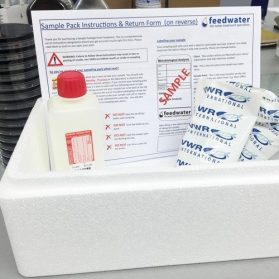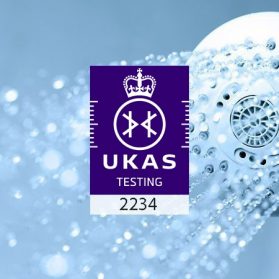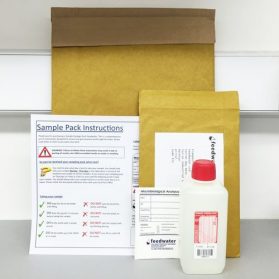
Sampling & Analysis after a flood
As flooding in parts of the UK becomes more common with climate change increasing the frequency and ferocity it is important to be aware of the link between of a known link between flooding and the later emergence of both drinking water contamination and Legionella colonisation.
After each major flood event there are increased reports of;
- Giardiasis (caused by an infectious protozoal parasite Giardia lamblia and G. intestinalis)
- Cryptosporidiosis (Usually Cryptosporidium parvum)
- Other GI infections
All in the immediate aftermath of a flood.
It’s thought that as water treatment works are swamped, more of these organisms get through the treatment process and some end up in the mains water supply. The majority of cases are in those who have direct contact with flood water so we assume that is the source of their contamination but not all cases fall into this category.
These organisms are detectable by using an E. coli test as a marker for any faecal contamination.
There is also often a peak of Legionella cases in the weeks after a flood incident, presumably for the same reasons.
It is therefore recommended for food premises especially, and other businesses in flood areas test their drinking water for faecal contamination with an e. coli and coliforms test.
It is also appropriate to test any cooling waters in the vicinity of a flood as well.
In addition to this, those with borehole water supply will also be well advised to test.








